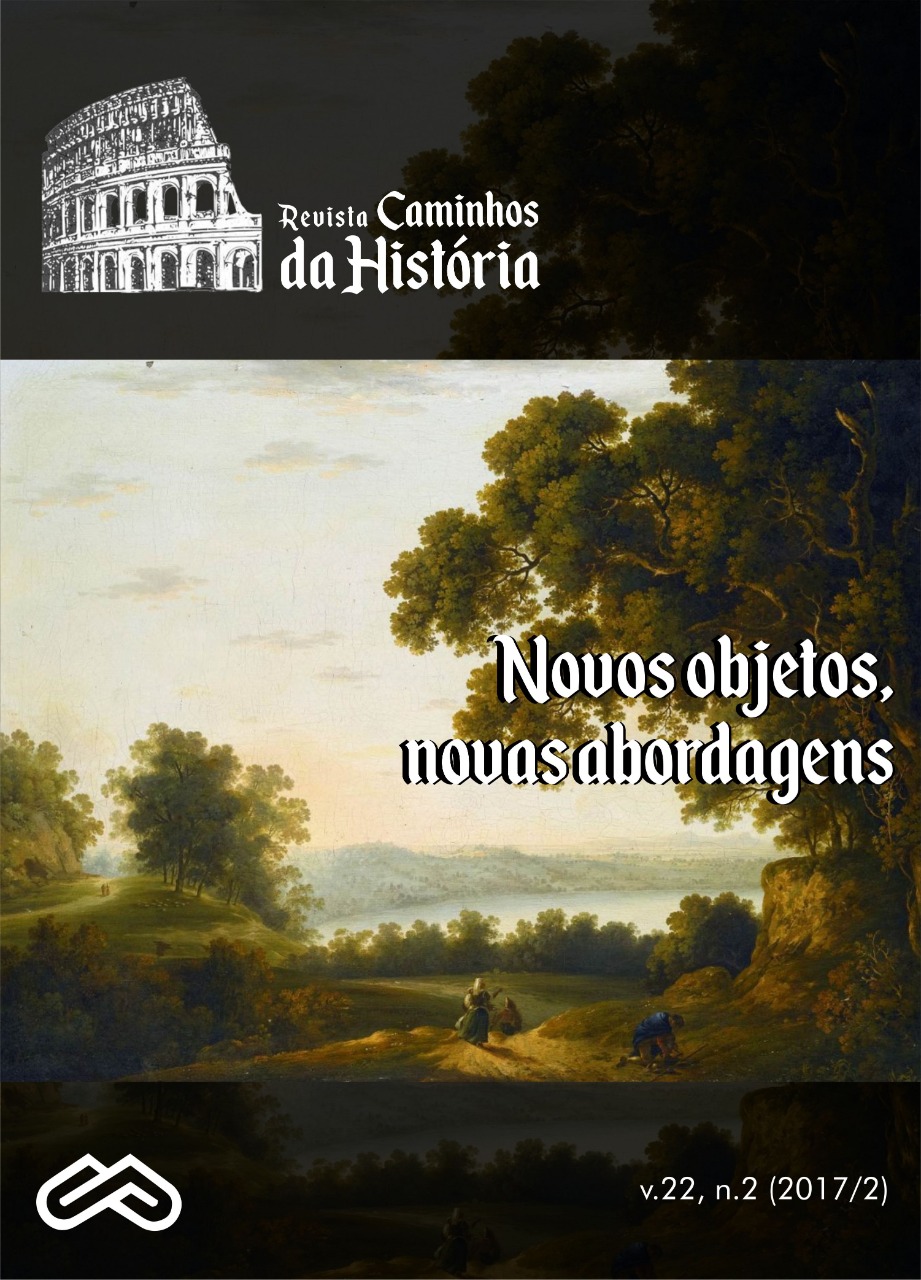Mestre Sinhozinho: the cultural representation of a folk healer in the history of Mato Grosso (1940-1944)
Mestre Sinhozinho: the cultural representation of a folk healer in the history of Mato Grosso (1940-1944)
Keywords:
Cultural representation, Popular religiosity, Master Sinhozinho, History, Healer of the peopleAbstract
This article seeks to understand the representation of Sinhozinho as master of the people, in the municipality of Bonito-MS. The delimited cut is between (1940 - 1944), this period, coinciding with the government of Getúlio Vargas (1937-1945). In this research, we will use the methods of oral history, images recorded in the field and public interviews in the understanding that these sources published and collected in the stages of observation and execution of the research contribute to the production of historical knowledge. In this sense, the character under study is represented as an undefined figure for the residents of the time, and these report their arrival by people in the district of Bonito in the 1940s. Over other past periods, this same actor had been identified as a phenomenon of local popular culture over a historical, cultural and religious representation. Its existence is still mysterious and part of several events built in the performance of a master healer of the people, being persecuted by the owners of power with regard to various attempts to forget his passage through the silences imposed in society. As long as it would have disappeared at an unexpected time for the interviewees in 1944, while suffering persecution by the authorities. With the lack of documentary evidence that could prove the tortures and violent acts by the commandants of the time, the narrators transformed their little-discussed history into a significant legacy, so it was not emphasized in the problem of the object represented. The results obtained in the master's degree between (2017/2018) brought a decisive statement in which the character retains a strong popular devotion in the belief of the local population, and even with his mysterious disappearance under suspicion of his death by the local forces of the Estado Novo period, it manifests itself among the religiosities of the people strengthened by their absence.
Downloads
References
BRANDÃO, Carlos Rodrigues. De Tão Longe eu Venho Vindo. Símbolos, gestos e rituais do catolicismo popular em Goiás. Goiânia: Editora UFG, 2004.
BLOCH, Marc. Apologia da história ou o ofício do historiador. Tradução André Teles. Rio de Janeiro: Jorge Zahar, 2001.
CHARTIER, Roger. A história cultural: entre práticas e representações. Rio de Janeiro: Editora Bertrand Brasil, 1990.
CORRÊA, Valmir Batista. Fronteira Oeste. Campo Grande: Editora UFMS, 1999.
CORRÊA, Lúcia Salsa. Corumbá: um núcleo comercial na fronteira de Mato Grosso (1870-1920). 1980. Dissertação (Mestrado em História Social), Programa de Pós-Graduação em Filosofia, Letras e Ciências Humanas, Universidade de São Paulo. São Paulo, 1980.
_______. História e Violência Cotidiana de um “povo armado”. Projeto História, São Paulo, n.39, pp. 57-73, jul/dez. 2009.
DAMATTA, R. O que faz o Brasil, Brasil? Rio de Janeiro: Editora Rocco, 2001.
GINZBURG, Carlo. O fio e os rastros. São Paulo. Editora: Companhia das Letras, 2006.
HUNT, Lynn. A Nova História Cultural. Trad. Jefferson Luís Camargo. São Paulo: Editora Martins Fontes, 1992.
PESAVENTO, Sandra Jatahy. Cultura e Representações, uma Trajetória. Anos 90, v.13, n.23/24, p.45-58, jan./dez.2006. Disponível em: https://seer.ufrgs.br/anos90/article/view/6395. Acesso em: 17. Maio. 2019.
_______. Em busca de uma outra História: imaginando o imaginário. Revista Brasileira de História, n. 29, 1995. Disponível em: https://www.anpuh.org/revistabrasileira/view?ID_REVISTA_BRASILEIRA=14. Acesso em: 10. Abr. 2019.
PELLIN, Kemila dos Santos. Mestre divino – As histórias que envolvem Senhorzinho. 2013. Monografia (Graduação em jornalismo) – Universidade Federal do Mato Grosso do Sul. Campo Grande, 2013.




















